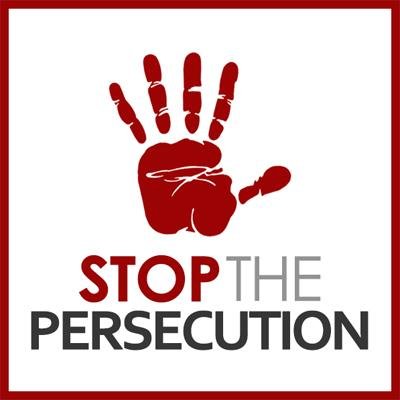Pakistani media is notorious for its negative coverage of the Ahmadiyya community, a minority Muslim sect, that was declared non-Muslim by the Pakistani Constitution in 1974.
According to a report published earlier this year, there were around 4000 news items and over 500 editorial pieces in Pakistan’s Urdu media that contained “hate propaganda” against Ahmadis in the year 2017 alone. Over the years, this bias has led to exaggeration of negative stereotypes and an intensification of an already existing atmosphere of animosity and prejudice against Ahmadis in Pakistan. And while coverage of anti-Ahmadi propaganda is commonplace, space for the Ahmadiyya community is literally non-existent.
One of the most persecuted religious faith group in the world today, Pakistan’s Ahmadis are often the targets of mob violence. Embarrassingly, this is often in active collusion with state authorities. The attitude of the media during such tragic times is no less disappointing. Take the recent mob violence in Sialkot for an example. A mob led by politicians and religious clerics demolished a 100-year-old mosque belonging to the Ahmadiyya community, and that reportedly was once attended by Allama Iqbal himself. Not one mainstream television channel covered the news of the attack. Imagine Babri Masjid falling and no Indian channel covering the news. Imagine a Mosque in New York being demolished by an angry anti-Islam mob and no coverage of it on American media. Such blackouts are unfathomable in civilized societies where media plays a responsible role in reporting uncensored facts.
In civilized states with a free media, representatives of aggrieved communities are given adequate platform to share their narrative on mainstream media. In Pakistan, no media outlet invited the spokesperson of the Ahmadiyya community. This is a sad trend. In 2010, even as almost a 100 Ahmadis were mercilessly slain by militants linked to the Taliban in Lahore, the mainstream media censored the press conference of the Ahmadiyya community’s leadership in Rabwah, Pakistan.
Why this strong taboo? Are Ahmadis not Pakistanis? Media personnel often cite Pakistan’s strict anti-Ahmadi laws as the reason for the censorship. While it is true that these discriminatory laws are one of contemporary age’s worst impediment to free expression, news organizations can still report on the Ahmadi plight within the framework of these laws. Media outlets actively chose not to.
In many societies, media plays an important role in educating the masses and in protecting the civil liberties of citizens. And although some Pakistani English language papers have worked in this direction, the vast majority of print media and almost all of Pakistan’s electronic media remains completely blind to the country’s Ahmadi citizens, as if they do not exist. Almost always, Ahmadis are mentioned in a negative connotation, often referred to by slurs such as “qadianis” and “mirzais.” Even otherwise enlightened TV anchors avoid using their platforms to condemn violence against Ahmadis. DAWN news channel’s program Zarra Hat Kay is probably the one exception that comes to mind that has taken up the issue on mainstream broadcast media.
As a Pakistani rights activist, it is distressing to see this active censorship of rights abuses by the media. Not only do these attitudes portray a negative image of Pakistan in the world, they are an indictment of the media’s complicity in the gross human rights violations against Ahmadis in Pakistan.
Disappointed by the attitudes of the mainstream media in Pakistan, many rights activists have turned to social media for their activism, which has started to bridge the gap between those denied a voice and the masses that need to hear them out. With the rising popularity of alternative media, it is in mainstream media’s interest to reconsider their strategy. The world will get the news anyway. But they will also see through the prejudice and censorship of mainstream media.
The hushing up of the plight of Ahmadis by Pakistan’s mainstream media speaks either to the inherent un-conscientiousness and anti-Ahmadi prejudice within media houses or suppression and lack of freedom within the press, or more likely both. For freedom of press in Pakistan, a fair coverage of the Ahmadiyya plight, with mainstream representation of the Ahmadiyya community on national TV, remains the litmus test.
Read original post HERE.
